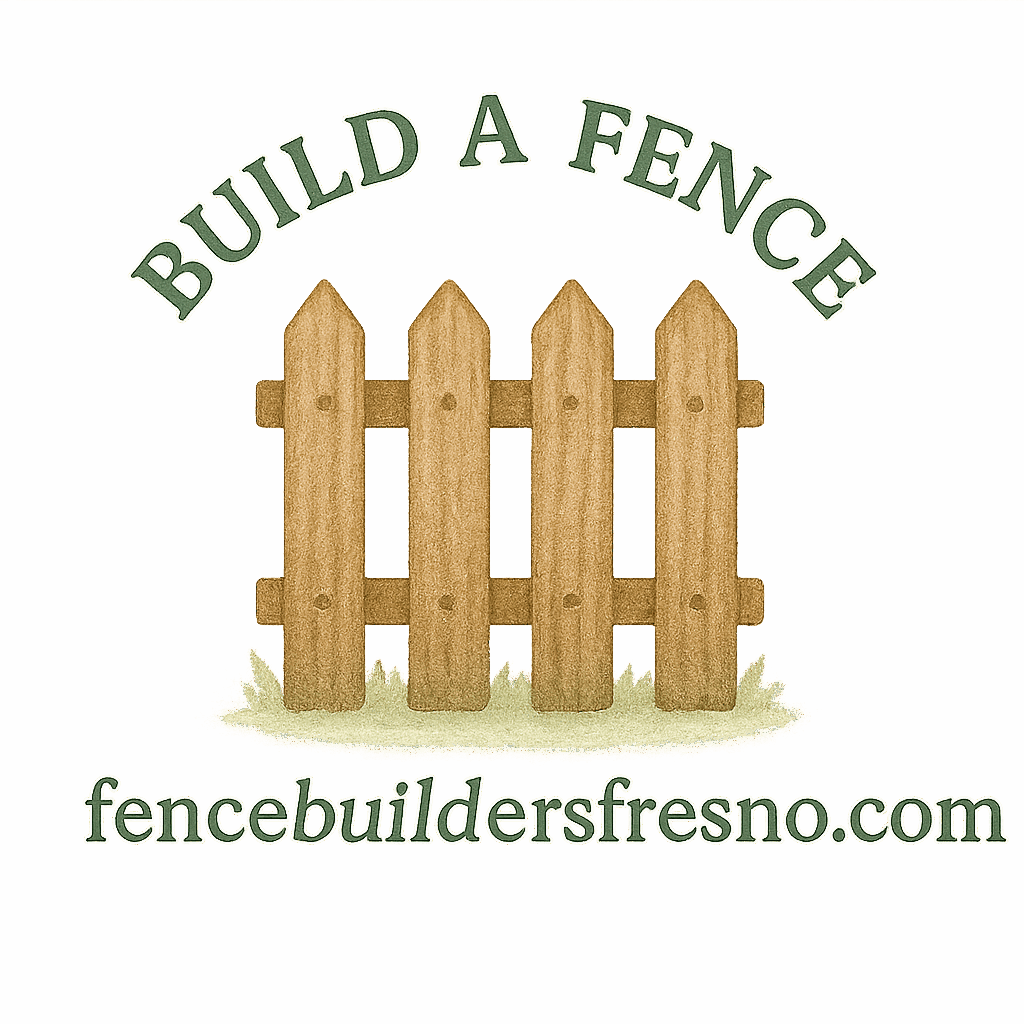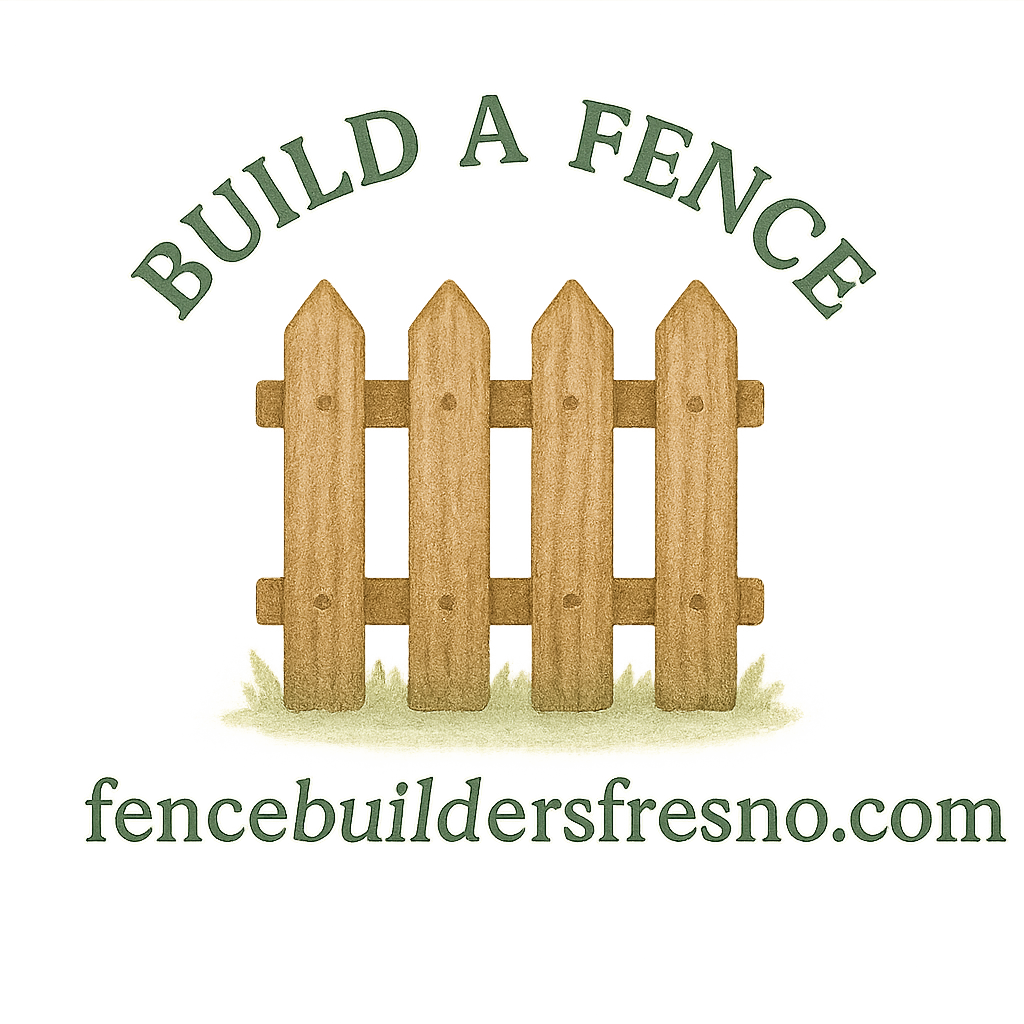Why DIY Fencing Planning Matters
Planning your fence project on your own isn’t just about saving money—it’s about creating something that fits your home, style, and budget perfectly. DIY fencing lets you stay in control, learn new skills, and even add personal touches that make your property stand out.
Cost-Savings with DIY Fencing
Hiring professionals can be pricey. Doing it yourself saves labor costs and helps you allocate more budget toward quality materials and durable fencing solutions.
Customization and Personal Touch
Want a decorative fence or something more functional? With DIY, you get to choose every detail—from the design to the finishing touches.
Learning and Skill Development
Every fence project teaches you something new, whether it’s about property lines, legal fencing requirements, or simply how to use a circular saw safely.
The Importance of Having the Right Tools
The success of your DIY fence project depends heavily on the tools you use. The right set of tools helps you stay accurate, safe, and efficient from start to finish.
Efficiency and Accuracy
A measuring tape and level may seem simple, but they’re crucial in ensuring your fence doesn’t end up crooked or unstable.
Safety Considerations
Using proper protective gear like gloves and goggles reduces risks of accidents while handling power tools.
Avoiding Costly Mistakes
Without the right tools, you could waste time, materials, and money—ending up with a fence that doesn’t hold up.
Tool #1: Measuring Tape – Accuracy Starts Here
Every successful fence project begins with measurements. A sturdy measuring tape ensures your fence is properly aligned with your property lines.

Why Precise Measurements Are Essential
A few inches off could mean disputes with neighbors or an uneven look.
Pro Tip: Marking Property Lines Clearly
Use chalk or spray paint to mark property boundaries before digging. For extra guidance, check property lines and legal fencing.
Tool #2: Post Hole Digger – Building a Strong Foundation
Your fence is only as strong as its posts. A post hole digger helps you achieve the right depth for sturdy support.
Manual vs. Power Post Hole Diggers
Manual diggers are budget-friendly, but power augers save time if you’re working with hard soil.
Tool #3: Level – Keeping Your Fence Straight
A fence that tilts or leans ruins curb appeal. A level ensures every post and panel stands tall.
Benefits of a Laser Level
Laser levels make alignment easier, especially for longer fences.
Tool #4: String Line and Stakes – Planning Your Layout
Before you dig, lay out your fence line with string and stakes.
Visualizing Fence Alignment
This step helps you see the final result and avoid misaligned sections.
Tool #5: Hammer and Mallet – Your Everyday Companions
From driving nails to tapping fence panels, these tools are essential.
When to Use a Mallet vs. Hammer
A hammer drives nails, while a rubber mallet prevents damage when adjusting panels.
Tool #6: Power Drill – Fast and Efficient Assembly
A drill saves you time when securing screws and brackets.
Choosing the Right Drill Bits for Fence Work
Opt for wood or masonry bits depending on your fence material. See fence installation tips.
Tool #7: Circular Saw – Cutting with Precision
A circular saw ensures accurate cuts for wood or vinyl fencing.
Safety Tips for Saw Use
Always wear goggles and gloves to protect yourself.
Tool #8: Wheelbarrow – Moving Materials with Ease
Transporting soil, gravel, or cement mix is easier with a wheelbarrow.
Saving Energy and Time
This tool keeps you efficient and prevents unnecessary strain.
Tool #9: Shovel – More Than Just Digging
Shovels help with digging, mixing cement, and leveling soil.
Different Types of Shovels for Fencing
A round-point shovel is great for digging, while a flat one works for leveling.
Tool #10: Protective Gear – Safety First
Never underestimate the importance of safety gear.
Gloves, Goggles, and Ear Protection
These items protect against cuts, dust, and loud noise from power tools.
Tool #11: Wrench Set – Securing Your Hardware
Fence bolts and brackets need to be tightened securely.
Adjustable Wrenches vs. Fixed Wrenches
An adjustable wrench is versatile, but fixed ones offer better grip for heavy-duty work.
Tool #12: Fence Guide Resources – Planning Made Simple
Sometimes the best “tool” is knowledge. Use online fence planning guides to avoid rookie mistakes.
Using Online Fence Guides and Tutorials
Websites like Fence Building Basics and Fence Design Planning are great starting points.
Recommended Fence Planning Resources
Check fence guide, durable fencing, and DIY fence resources.
Bonus Tool: Patience and Persistence
Not every dig will be smooth, and not every post will cooperate. That’s where patience becomes your most powerful tool.
Why Mindset Matters in DIY Projects
Approach the project as a learning process. Every challenge makes your skills sharper.
Tips for Successful DIY Fencing Projects
Planning Ahead for Materials and Costs
Order extra materials to avoid shortages. Budget for tools, cement, and finishing touches.
Avoiding Common DIY Fencing Mistakes
Skipping property line checks or ignoring local regulations can lead to costly rework. See legal property considerations to stay compliant.
Conclusion
Building a fence yourself isn’t just about hammering posts into the ground. With the right tools, a clear plan, and a bit of patience, you’ll not only save money but also end up with a fence you can proudly call your own. Whether it’s a decorative fence or a durable one, success starts with preparation.
FAQs
What is the most important tool for DIY fencing?
A measuring tape is the foundation of accuracy—without it, nothing aligns correctly.
Do I need power tools for building a fence?
Not always, but tools like a power drill and circular saw save significant time and effort.
How deep should fence posts be dug?
Generally, one-third of the post’s height should be below ground for stability.
Can I build a fence without professional help?
Yes! With the right tools and guides, even beginners can complete a DIY fence.
How do I ensure my fence follows property lines?
Double-check with local maps and use clear markers. For more, see property rights.
What’s the best low-maintenance fencing option?
Vinyl fences are highly durable and require minimal upkeep. See vinyl fence.
How long does it usually take to build a DIY fence?
Small fences may take a weekend, while larger ones can take several weeks depending on size and tools used.


